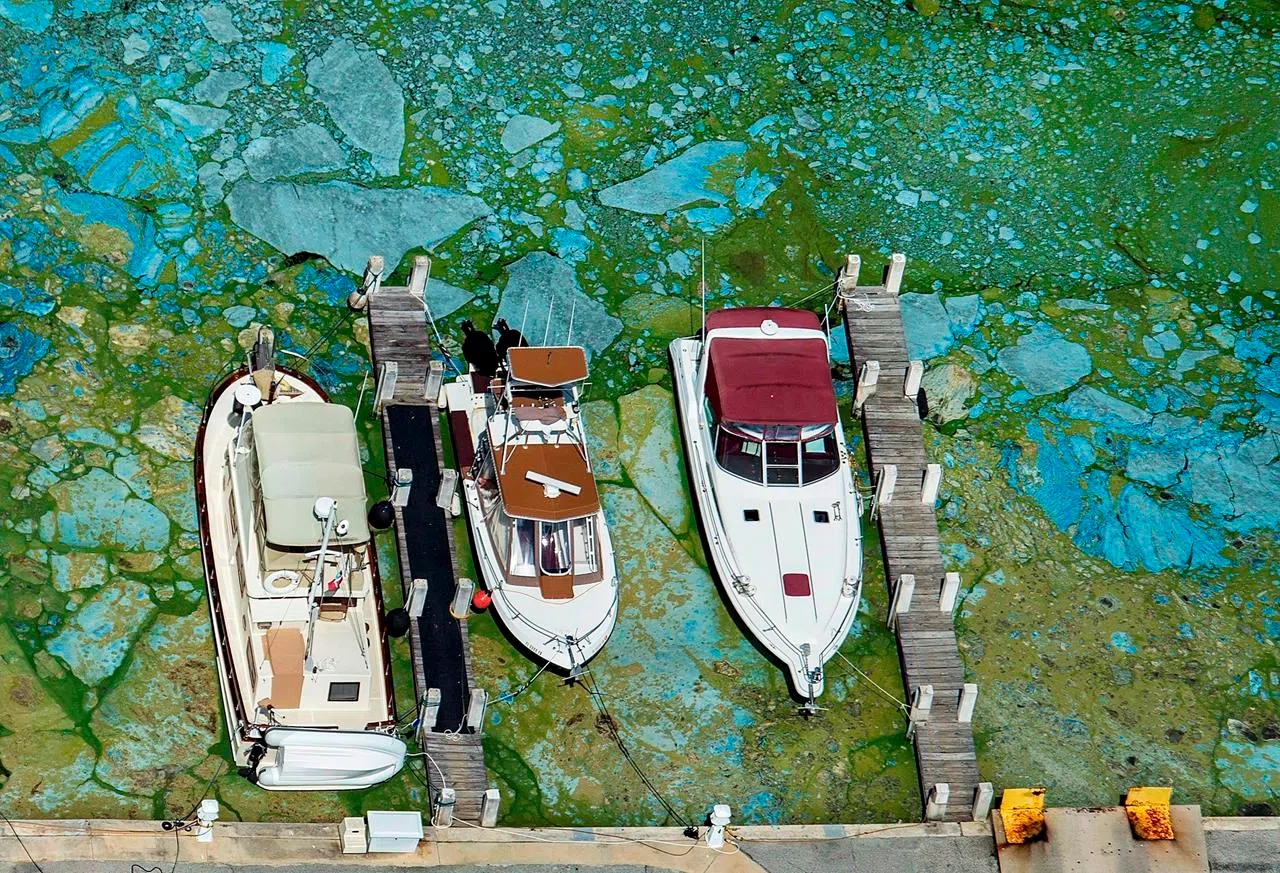
Toxic blue-green algae killed three New Brunswick dogs: health officials
FREDERICTON — Three dogs that quickly died after being in or near the Saint John River were killed by toxins found in a type of blue-green algae, New Brunswick health officials confirmed Friday.
Witnesses say two of the dogs suffered convulsions and vomiting after playing near the water at Carleton Park near Fredericton on July 22, and another dog died July 20 after swimming in the river near Hartt Island campground, about 10 kilometres from the park.
New Brunswick’s chief veterinarian, Dr. James Goltz, told a news conference that necropsies on two dogs determined all three died following exposure to anatoxins, the toxic substances produced by cyanobacteria, which are commonly known as blue-green algae.
He said samples of water, algae growing on rocks, and mats of vegetation — both onshore and on the water — were collected by staff with the provincial Environment Department. Those samples were sent to the National Research Council for testing.
